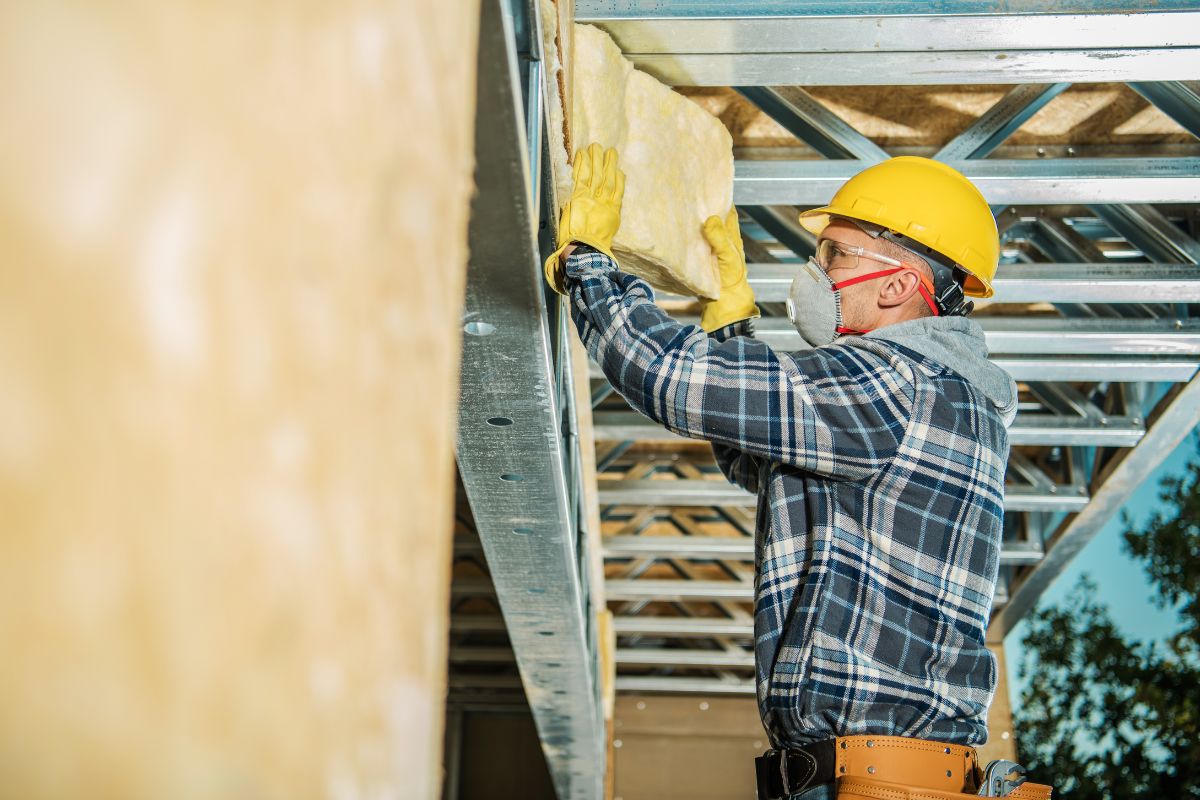

Articles
How Much Is Wall Insulation
Modified: October 31, 2024
Learn about the importance of wall insulation and discover how much it can cost. Read informative articles on wall insulation to make an informed decision for your home.
(Many of the links in this article redirect to a specific reviewed product. Your purchase of these products through affiliate links helps to generate commission for Storables.com, at no extra cost. Learn more)
Introduction
Wall insulation plays a crucial role in maintaining comfortable temperatures inside your home while reducing energy consumption and lowering utility bills. By effectively insulating your walls, you can create a more energy-efficient living space and increase the overall comfort of your home. In this article, we will explore the benefits of wall insulation, different types of insulation materials, the factors that affect the cost of wall insulation, and important considerations before starting an insulation project.
Proper wall insulation is essential for both new construction and existing homes. It not only helps regulate indoor temperature but also serves as a barrier against outdoor noise, moisture, and drafts. By preventing heat loss or gain, insulation helps keep the indoor climate stable, ultimately reducing the reliance on heating and cooling systems.
BENEFITS OF WALL INSULATION
One of the primary benefits of wall insulation is energy savings. Insulated walls prevent heat transfer, which means your home will stay cooler in the summer and warmer in the winter without requiring excessive use of air conditioners or heaters. This can significantly reduce your energy consumption and lower your monthly energy bills.
Insulation also helps create a more comfortable living environment. By reducing the amount of heat that enters or escapes your home, insulation helps maintain a consistent temperature throughout. This means no more unevenly heated or cooled rooms, and no more drafts or cold spots near windows and doors.
Another advantage of wall insulation is noise reduction. Insulated walls act as sound barriers, reducing the transfer of airborne noises from the outside and between different rooms inside. This can be particularly beneficial in urban areas or if you have a noisy neighbor.
Furthermore, wall insulation improves the overall durability of your home. Insulation materials can provide an extra layer of protection against moisture, preventing the growth of mold and mildew. It also helps to minimize the risks of condensation and structural damage.
Lastly, wall insulation increases the value of your property. Potential buyers value energy-efficient homes, and having proper insulation can be a selling point. Additionally, some government incentives and rebates are available for homeowners who invest in energy-saving upgrades such as insulation.
Types of Wall Insulation
Several types of insulation materials can be used for wall insulation. The choice depends on factors such as climate, local building codes, and budget. The most common types of wall insulation include:
- Fiberglass Insulation: Made of tiny glass fibers, fiberglass insulation is affordable and offers good thermal performance. It is available in batts (pre-cut panels) or loose-fill form.
- Spray Foam Insulation: Spray foam is a popular choice for its superior insulating properties. It is applied as a liquid that expands and fills in gaps and voids, creating a seamless barrier.
- Cellulose Insulation: Made from recycled materials such as newspapers, cellulose insulation is eco-friendly and effective at reducing noise. It is either blown-in or installed as batts.
- Rigid Foam Insulation: Rigid foam panels provide excellent insulation and can be used in both exterior and interior walls. They are moisture-resistant and offer high thermal resistance.
- Mineral Wool Insulation: Mineral wool consists of rock or slag fibers and is fire-resistant. It is available in batts or loose-fill form and provides good thermal and acoustic insulation.
Key Takeaways:
- Wall insulation offers energy savings, improved comfort, noise reduction, and increased property value. Whether DIY or professional installation, it’s a wise investment for an efficient and enjoyable living space.
- Factors such as energy efficiency goals, building codes, wall condition, and ventilation should be considered before insulating walls. Consulting with professionals can provide valuable guidance and accurate cost estimates tailored to specific needs.
Benefits of Wall Insulation
Wall insulation offers a wide range of benefits for homeowners. From energy savings to improved comfort and increased property value, investing in wall insulation is a wise decision. Let’s explore some of the key advantages in more detail.
Energy Savings:
One of the primary benefits of wall insulation is its ability to reduce energy consumption. By creating a thermal barrier between the interior and exterior of your home, insulation helps to minimize heat transfer. During the colder months, insulated walls prevent heat from escaping, thereby reducing the need for constant heating. Conversely, in the warmer months, insulation keeps unwanted heat from entering, reducing the reliance on air conditioning. This results in lower energy usage and substantial savings on your utility bills.
Enhanced Comfort:
Insulating your walls can greatly improve the comfort levels inside your home. Insulation helps to maintain a more consistent temperature throughout, minimizing hot or cold spots. It also prevents drafts by sealing any gaps or cracks in the walls. This means you can enjoy a cozy and comfortable living environment, no matter the season.
Noise Reduction:
Another benefit of wall insulation is its ability to reduce noise transfer. Insulation materials absorb sound vibrations, effectively acting as a barrier against airborne noises. This is especially beneficial if you live in a busy neighborhood or near a noisy road. Insulated walls can significantly decrease the amount of external noise that enters your home, allowing for a quieter and more peaceful living space.
Improved Durability:
Insulation not only provides thermal benefits but also helps to protect your home from moisture and condensation. Moisture penetration can lead to mold and mildew growth, compromising the structural integrity of your walls. Insulation adds an extra layer of protection against moisture, preventing these issues and increasing the overall durability of your home.
Increased Property Value:
Investing in wall insulation can also enhance the value of your property. An energy-efficient home is highly desirable among buyers, as it offers long-term cost savings and environmental benefits. Additionally, some regions offer incentives and rebates for energy-saving upgrades, making your home even more appealing to potential buyers.
Environmental Benefits:
By reducing energy consumption, wall insulation contributes to a more sustainable and eco-friendly living. Insulation helps to lower greenhouse gas emissions, as it decreases the need for fossil fuel-based heating and cooling systems. By making your home more energy-efficient, you are actively making a positive impact on the environment.
Overall, wall insulation provides a multitude of benefits, ranging from financial savings to enhanced comfort and environmental responsibility. Whether you are building a new home or renovating an existing one, investing in quality wall insulation is a wise choice that pays off in the long run.
Types of Wall Insulation
When it comes to insulating your walls, there are several types of insulation materials to choose from. Each type has its own unique characteristics and benefits. Understanding the different options can help you make an informed decision based on factors such as your budget, climate, and specific insulation needs.
Fiberglass Insulation:
Fiberglass insulation is one of the most widely used and cost-effective types of insulation. It is made up of extremely fine glass fibers that are spun and formed into batts or rolls. Fiberglass insulation offers good thermal performance and is available in different thicknesses to suit your specific walls. It is easy to install and provides excellent resistance to heat transfer.
Spray Foam Insulation:
Spray foam insulation is a popular choice due to its superior insulating properties. It is applied as a liquid that expands and fills in gaps and voids, creating a seamless and airtight barrier. Spray foam insulation molds to the contours of your walls, providing excellent coverage and reducing the risk of drafts. It offers exceptional thermal resistance and also serves as a barrier against moisture and air infiltration.
Cellulose Insulation:
Cellulose insulation is made from recycled materials, usually in the form of shredded newspapers and treated with fire-retardant additives. It can be installed as loose-fill or blown-in insulation or in the form of batts. Cellulose insulation is eco-friendly, highly effective at reducing noise transmission, and offers good thermal performance. Its dense structure provides excellent insulation even in hard-to-reach areas.
Rigid Foam Insulation:
Rigid foam insulation panels are made from plastic foams, such as polystyrene, polyisocyanurate, or polyurethane. These panels are lightweight, easy to handle, and provide excellent thermal resistance. Rigid foam insulation can be used for both exterior and interior walls and is known for its moisture resistance. It adds structural rigidity to the walls and acts as a vapor barrier, preventing condensation and moisture buildup.
Mineral Wool Insulation:
Mineral wool insulation is made from mineral fibers, usually derived from rock or slag. It is available in batts or as loose-fill insulation. Mineral wool is fire-resistant, offers good thermal and acoustic insulation properties, and is resistant to moisture and mold growth. It is an excellent choice for soundproofing walls and provides effective thermal insulation.
Reflective Insulation:
Reflective insulation consists of materials that are highly reflective, typically aluminum foil, laminated onto different substrates. These insulation materials work by reflecting radiant heat away from your walls, helping to maintain a comfortable indoor temperature. Reflective insulation is often used in hot climates or in applications where controlling radiant heat gain is important.
When choosing the right type of insulation for your walls, consider factors such as the climate you live in, the specific needs of your home, and your budget. It’s also important to consult with professionals or insulation contractors to ensure you select the most appropriate type of insulation and achieve optimal results.
Factors Affecting Wall Insulation Costs
The cost of wall insulation can vary depending on several factors. Understanding these factors can help you estimate the potential costs and make informed decisions when planning your insulation project. Here are some key factors that can influence the overall cost of wall insulation:
Wall Size and Surface Area:
The size and surface area of the walls you plan to insulate will have a direct impact on the total cost. Larger walls or walls with intricate designs may require more insulation material and labor, leading to higher costs. It’s important to accurately measure the walls before estimating the amount of insulation needed.
Type of Insulation Material:
The type of insulation material you choose will also affect the cost. Different insulation materials have varying price points, with some being more affordable than others. Fiberglass insulation is generally more cost-effective compared to spray foam insulation, which tends to have a higher price due to its superior insulating properties.
Insulation Thickness:
The thickness or R-value (a measure of thermal resistance) of the insulation will impact the cost. Higher R-value insulation materials are usually more expensive. However, investing in thicker insulation can lead to better energy efficiency and long-term cost savings by reducing heat transfer more effectively.
Installation Method:
The method of installing the insulation can affect the cost. DIY installation, where you do the work yourself, may be more cost-effective as you save on labor costs. However, professional installation ensures proper and thorough insulation, which can result in better performance and energy savings in the long run.
Wall Accessibility:
The accessibility of the walls can impact the cost. If your walls are easily accessible, it will be simpler and less time-consuming to install the insulation, leading to lower costs. On the other hand, if the walls are difficult to access or have obstacles, such as plumbing or electrical wiring, additional time and effort may be required, increasing the overall cost.
Additional Factors:
Other factors that can influence the cost of wall insulation include the region or location of the property, market conditions, and the complexity of the insulation project. Local labor costs and building codes can vary, so it’s essential to consider these factors when estimating the overall cost.
It’s worth noting that while upfront costs for wall insulation may seem significant, the long-term benefits often outweigh the initial investment. Energy savings, improved comfort, and increased property value can all contribute to a return on investment over time.
To get a more accurate estimate of wall insulation costs, it’s recommended to consult with insulation contractors who can assess your specific needs and provide detailed quotes based on your home’s requirements.
When considering wall insulation, it’s important to factor in the cost of materials, labor, and the size of the area to be insulated. Additionally, the type of insulation material used will also impact the overall cost. It’s best to consult with a professional to get an accurate estimate for your specific needs.
Cost of Installing Wall Insulation
The cost of installing wall insulation can vary depending on several factors, including the size of the project, the type of insulation material, and the complexity of the installation. It’s important to understand the potential costs involved to budget accordingly and make informed decisions. Here are some key factors to consider when estimating the cost of installing wall insulation:
Insulation Material:
The type of insulation material you choose will greatly impact the cost. Fiberglass insulation is generally one of the more affordable options, while materials such as spray foam or rigid foam insulation tend to be higher in cost. The specific qualities and performance characteristics of the insulation material will also influence the price.
Wall Size and Surface Area:
The size and surface area of the walls to be insulated will affect the cost. Larger walls will require more insulation material and labor, resulting in higher costs. You will need to measure the walls accurately to determine the amount of insulation material needed and obtain a more precise cost estimate.
Insulation Thickness:
The thickness or R-value of the insulation you choose will impact the cost. Insulation with higher R-values often costs more due to its increased thermal performance. However, opting for thicker insulation can provide better energy efficiency and long-term cost savings by reducing heat transfer more effectively.
Installation Method:
The method of installation will also affect the cost. Hiring professional installers will add to the overall expense, but it ensures proper and thorough insulation. DIY installation may save on labor costs, but it’s crucial to ensure that the installation is done correctly for optimal performance and energy savings.
Wall Condition and Accessibility:
If your walls require any repairs or preparations before insulation, additional costs may be involved. For example, if there are existing issues with the walls, such as water damage or structural problems, these will need to be addressed before insulation can be installed. Additionally, if the walls are difficult to access or have obstacles such as wiring or plumbing, the installation process may require more time and effort, increasing the overall cost.
Additional Costs:
There may be additional costs associated with wall insulation, such as the purchase of vapor barriers, insulation tapes, or other accessories required for proper installation. It’s essential to factor in these additional costs when estimating the overall expense.
It’s worth noting that while the cost of installing wall insulation may seem significant upfront, it can lead to long-term benefits such as energy savings and increased home value. Improved energy efficiency can result in lower heating and cooling costs over time, providing a return on your investment.
To get an accurate cost estimate for installing wall insulation, it’s recommended to consult with insulation contractors who can assess your specific needs, provide detailed quotes, and ensure that the installation is done professionally and efficiently.
Read more: How Much Insulation Is Too Much
Factors to Consider Before Insulating Walls
Insulating your walls is a significant investment that can provide numerous benefits. However, before proceeding with a wall insulation project, there are several factors to consider. Taking these factors into account will help ensure that you make informed decisions and achieve the best possible results. Here are some key factors to consider:
Energy Efficiency Goals:
Consider your energy efficiency goals and what you hope to achieve through wall insulation. Are you primarily aiming to reduce heating and cooling costs, increase comfort, or both? Having a clear understanding of your goals will guide your decision-making process and help determine the type and thickness of insulation material to use.
Building Codes and Regulations:
Familiarize yourself with local building codes and regulations regarding wall insulation. Each region may have specific requirements, such as minimum R-values or fire safety standards. Ensure that your chosen insulation material and installation method comply with these regulations to avoid any potential issues or future complications.
Moisture and Ventilation:
Consider the moisture levels in your walls and the ventilation of your home. Moisture issues, such as leaks or condensation problems, should be addressed before insulating the walls. Insulation can trap moisture and lead to mold growth if not properly addressed. Ensure that your walls are adequately ventilated to prevent moisture problems and maintain a healthy indoor environment.
Wall Condition and Repair:
Evaluate the condition of your walls before insulating. If there are any existing issues, such as cracks, water damage, or deteriorated surfaces, these should be addressed and repaired before insulation. Insulating damaged walls can lead to further problems and decrease the effectiveness of the insulation. Ensure that your walls are in good condition to achieve optimal insulation performance.
Combining Insulation Types:
Consider the possibility of combining different types of insulation materials for maximum efficiency. For instance, you can use spray foam insulation to seal gaps and create an airtight barrier, and then use fiberglass or cellulose insulation as additional thermal insulation. Combining insulation types can provide a comprehensive and efficient solution to address various insulation needs.
Hiring Professionals:
Decide whether you will hire professionals to install the wall insulation or do it yourself. While DIY installation can be more cost-effective, professional installation ensures proper and thorough insulation, as well as compliance with building codes. Hiring professionals will additionally save you time and guarantee a high-quality installation. Consider your skills, knowledge, and available time before making a decision.
Budget and Return on Investment:
Evaluate your budget for the wall insulation project and consider the return on investment. While insulation can provide long-term energy savings and increased comfort, the initial cost may vary depending on the insulation material and installation method. Assess the potential cost savings on heating and cooling bills over time to determine the financial viability and payback period of the investment.
By considering these factors before insulating your walls, you can make informed decisions and ensure a successful insulation project. Taking the time to evaluate your goals, analyze your building’s condition, and assess your budget will help you select the most appropriate insulation material and achieve optimal results in terms of energy efficiency, comfort, and long-term cost savings.
DIY Wall Insulation vs. Hiring a Professional
When it comes to wall insulation, you have the option to either take on the project as a DIY endeavor or hire a professional insulation contractor. Each approach has its own advantages and considerations. Understanding the differences between DIY wall insulation and professional installation can help you make an informed decision based on your specific needs and circumstances. Here are some key points to consider:
Cost:
DIY wall insulation is generally more cost-effective upfront since you are saving on labor costs. You can purchase insulation materials and tools at a lower cost compared to hiring professionals. However, it’s important to note that DIY insulation may involve a learning curve, and mistakes in installation can lead to further expenses down the line. On the other hand, professional installation provides peace of mind, expertise, and a guarantee of quality, but it may come with a higher price tag.
Experience and Knowledge:
DIY wall insulation requires a certain level of experience and knowledge. You need to understand the insulation process, have the necessary tools, and be able to properly measure, cut, and install the insulation material. If you have prior experience or are confident in your ability to learn and execute the necessary steps effectively, DIY insulation can be a viable option. However, if you lack experience or are unsure about the process, hiring a professional ensures that the installation is done correctly and efficiently.
Time and Effort:
DIY wall insulation can be time-consuming, especially if you are not familiar with the process. You will need to invest time and effort in researching insulation techniques, gathering materials, and performing the installation. Additionally, unforeseen challenges may arise during the process, which can further delay the completion of the project. Hiring professionals saves you time and effort, as they have the expertise, tools, and knowledge to efficiently complete the insulation installation, reducing the burden on you.
Quality and Performance:
Professional insulation contractors have specialized knowledge and experience in ensuring proper insulation installation. They understand the nuances of different insulation materials, wall types, and building codes. Professional installation guarantees a high-quality job, minimizing the risk of gaps, air leaks, or improper installation that can compromise the insulation’s effectiveness. However, if you are confident in your DIY skills and follow best practices, you can achieve satisfactory results with DIY insulation.
Safety and Compliance:
Insulation installation can involve safety hazards, such as working in confined spaces, using sharp tools, or dealing with insulation materials that may cause skin irritation or respiratory issues. Professional insulation contractors are trained to handle these safety concerns and are knowledgeable about safety regulations and proper handling procedures. Hiring professionals ensures compliance with building codes and safety standards, reducing potential risks.
Warranty and Guarantees:
Professional insulation contractors often provide warranties or guarantees on their workmanship and the insulation materials used. This provides added peace of mind, as any issues or problems that arise after installation can be addressed and resolved by the contractor. DIY insulation does not offer the same level of warranty or guarantees, and any issues that arise may require additional expenses or DIY troubleshooting.
Ultimately, the choice between DIY wall insulation and hiring a professional depends on your comfort level with DIY projects, your budget, and the complexity of the insulation installation. While DIY insulation can save costs, professional installation offers expertise, time savings, quality assurance, and peace of mind. If you have any doubts or concerns, consulting with insulation professionals can help you make an informed decision based on your specific requirements.
Conclusion
Wall insulation is a crucial aspect of creating a comfortable, energy-efficient, and environmentally friendly home. The benefits of wall insulation, including energy savings, improved comfort, noise reduction, and increased property value, make it a worthwhile investment for homeowners. By addressing factors such as energy efficiency goals, building codes, wall condition, and ventilation, you can ensure a successful insulation project.
When it comes to the actual installation of wall insulation, you have the option to pursue a DIY approach or hire professional insulation contractors. DIY insulation can be a cost-effective option but requires experience, knowledge, time, and effort to achieve optimal results. On the other hand, professional installation provides expertise, quality assurance, time savings, and compliance with building codes and safety standards.
Before making a decision, consider your budget, skill level, available time, and the complexity of the insulation project. It’s essential to evaluate the long-term benefits and potential return on investment, such as energy savings and increased home value. Consulting with insulation professionals can provide valuable guidance and accurate cost estimates tailored to your specific needs.
Regardless of the approach you choose, successful wall insulation involves selecting the right insulation material, ensuring proper installation techniques, and addressing any underlying issues or repairs. This will contribute to effective thermal insulation, reduced energy consumption, enhanced indoor comfort, and a more sustainable living environment.
In conclusion, wall insulation offers a multitude of benefits for homeowners. It provides energy savings, increased comfort, noise reduction, protection against moisture, and improved property value. Whether you decide to go the DIY route or hire professionals, insulating your walls is a wise investment that can result in a more efficient and enjoyable living space for years to come.
Frequently Asked Questions about How Much Is Wall Insulation
Was this page helpful?
At Storables.com, we guarantee accurate and reliable information. Our content, validated by Expert Board Contributors, is crafted following stringent Editorial Policies. We're committed to providing you with well-researched, expert-backed insights for all your informational needs.
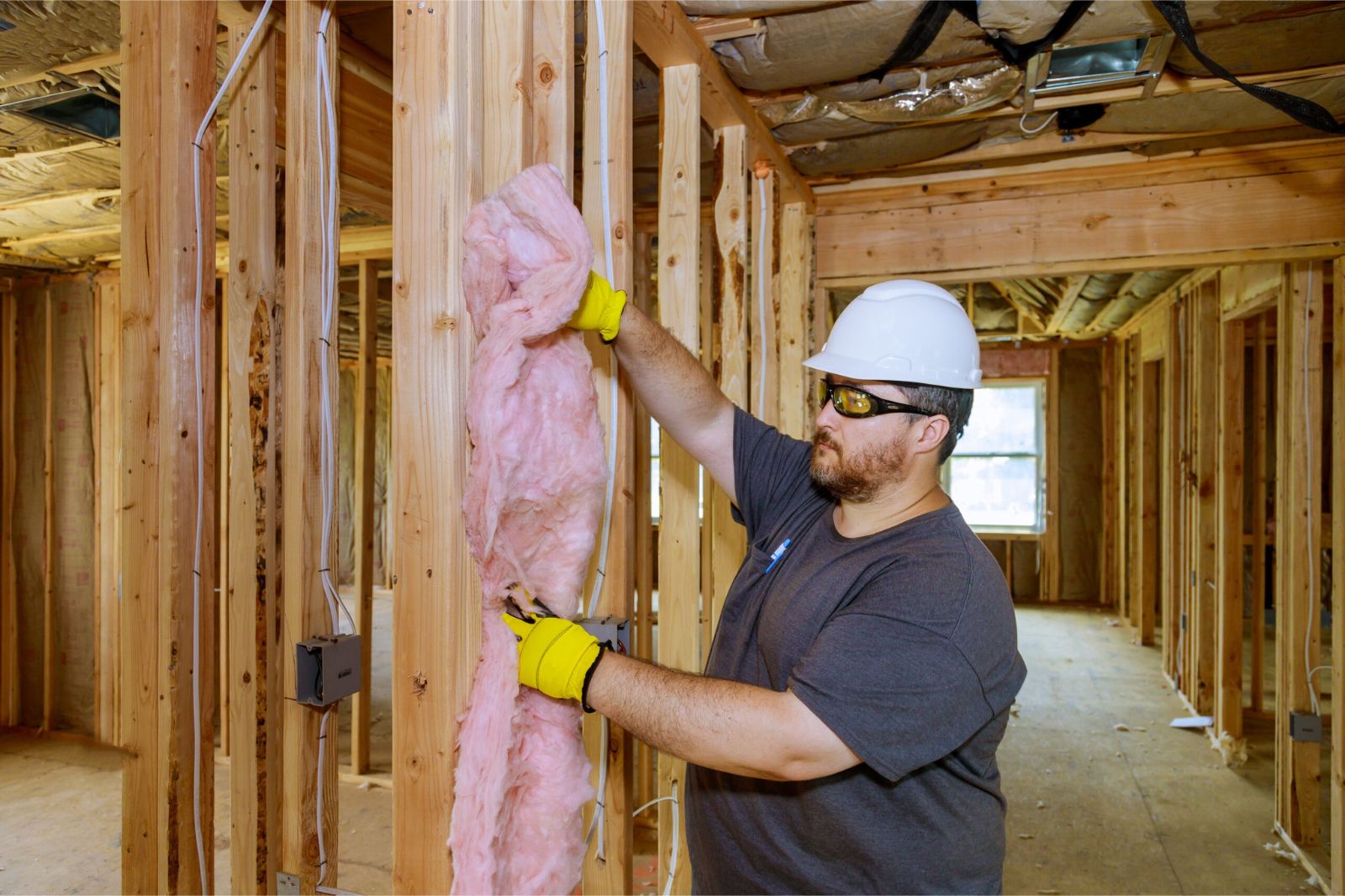
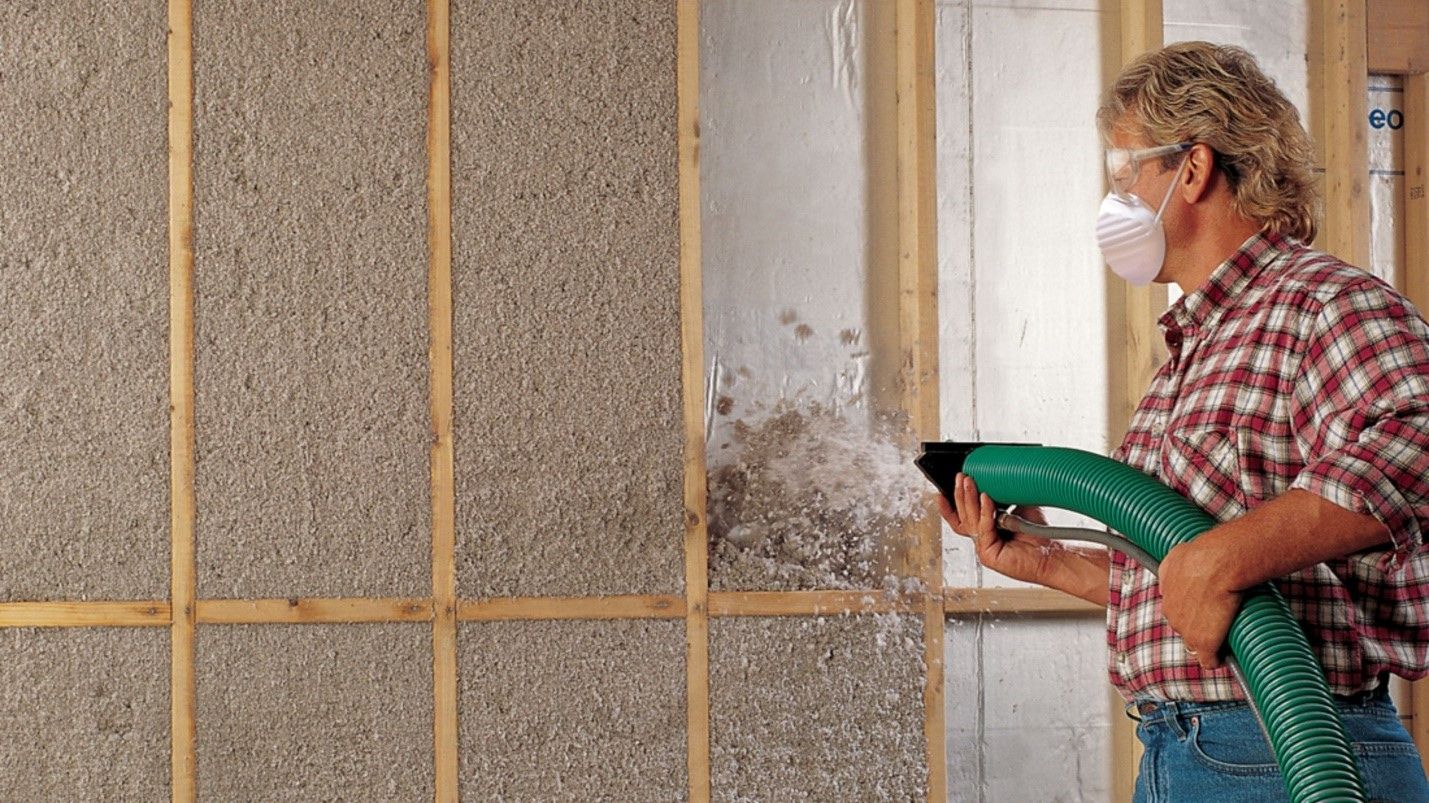
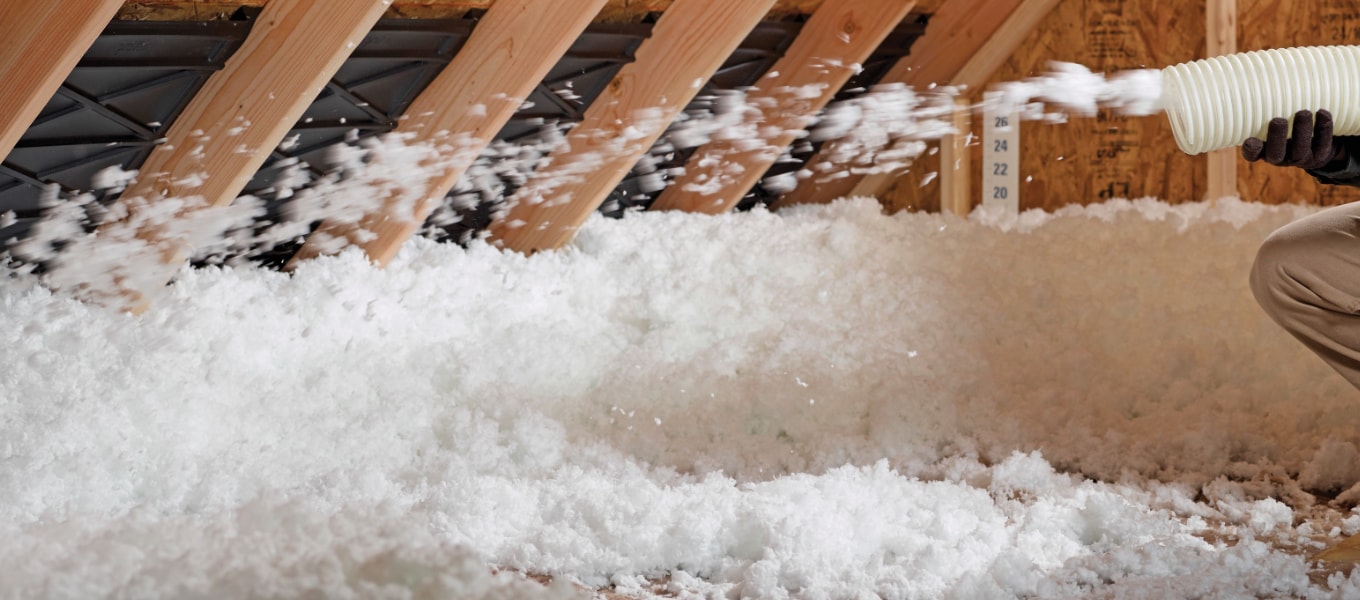
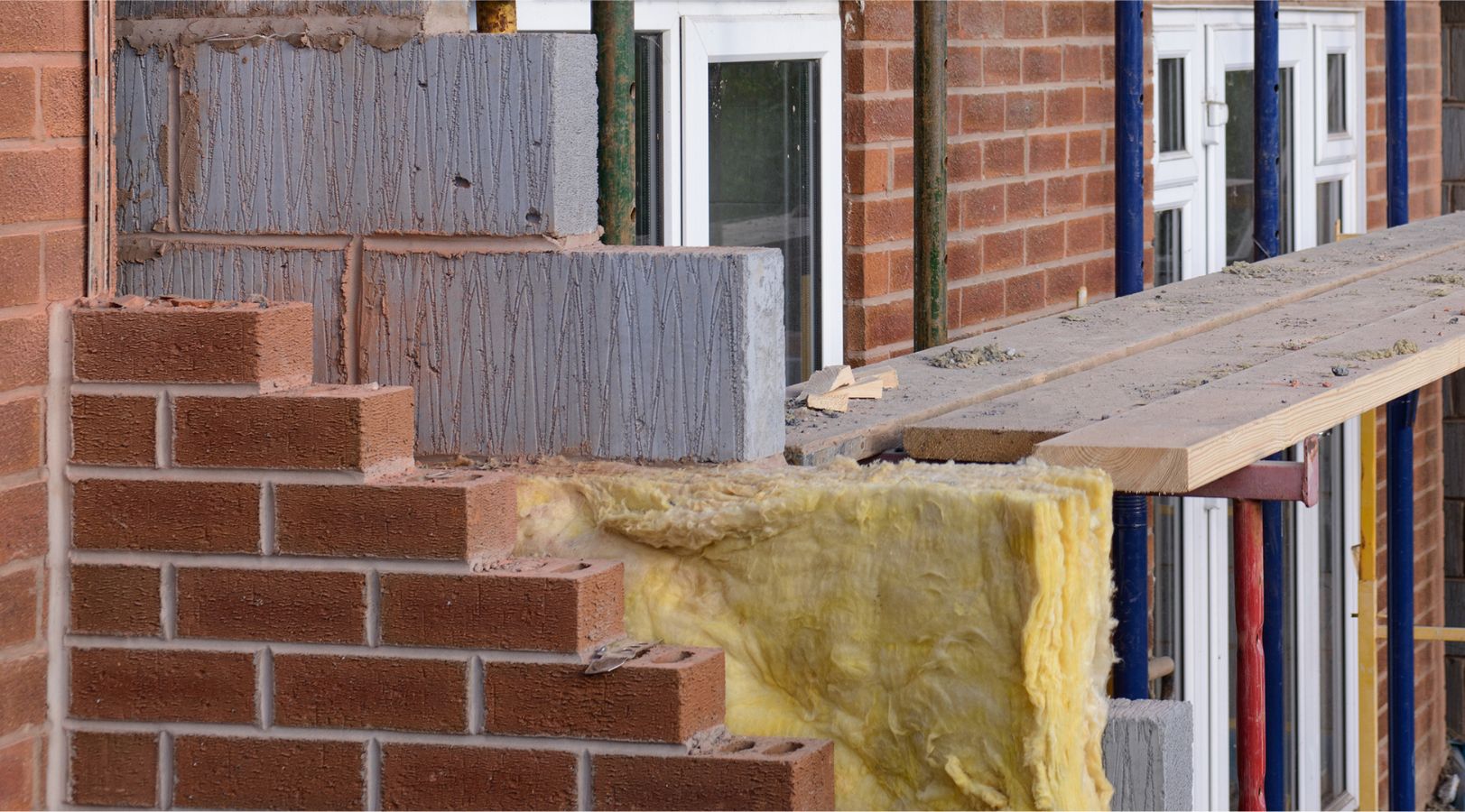
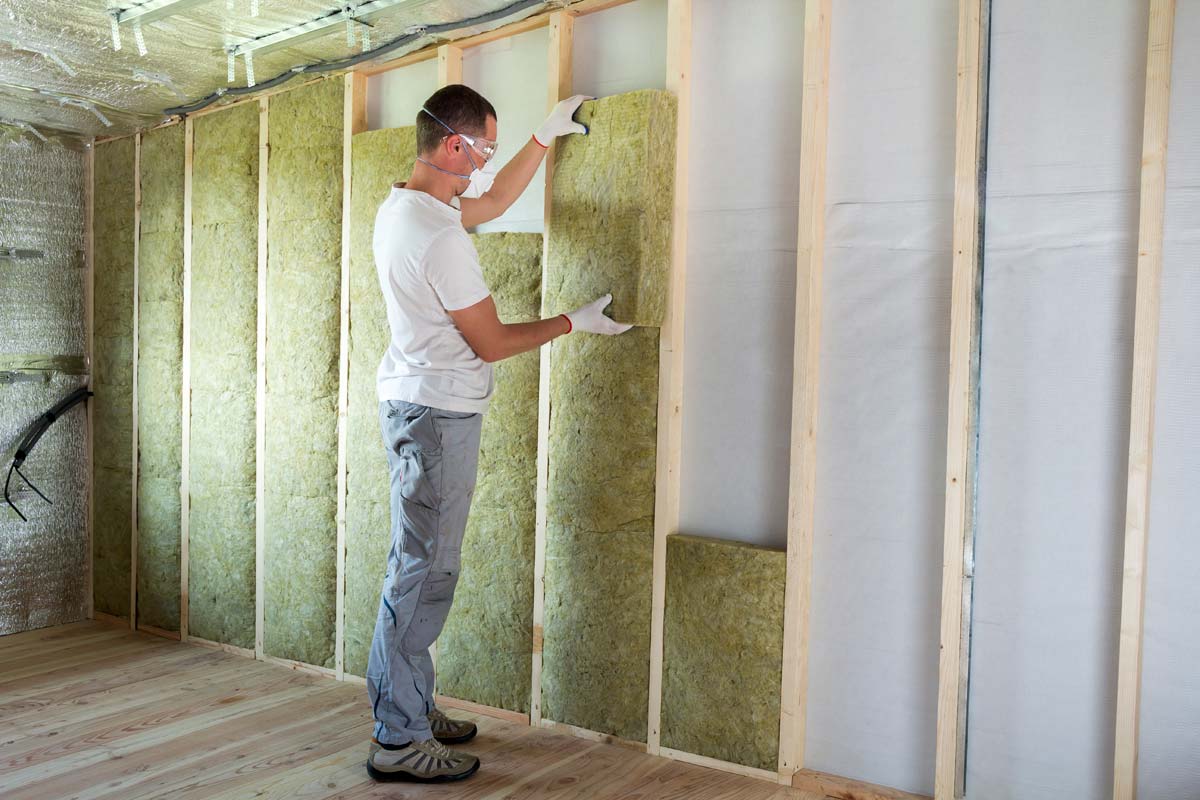
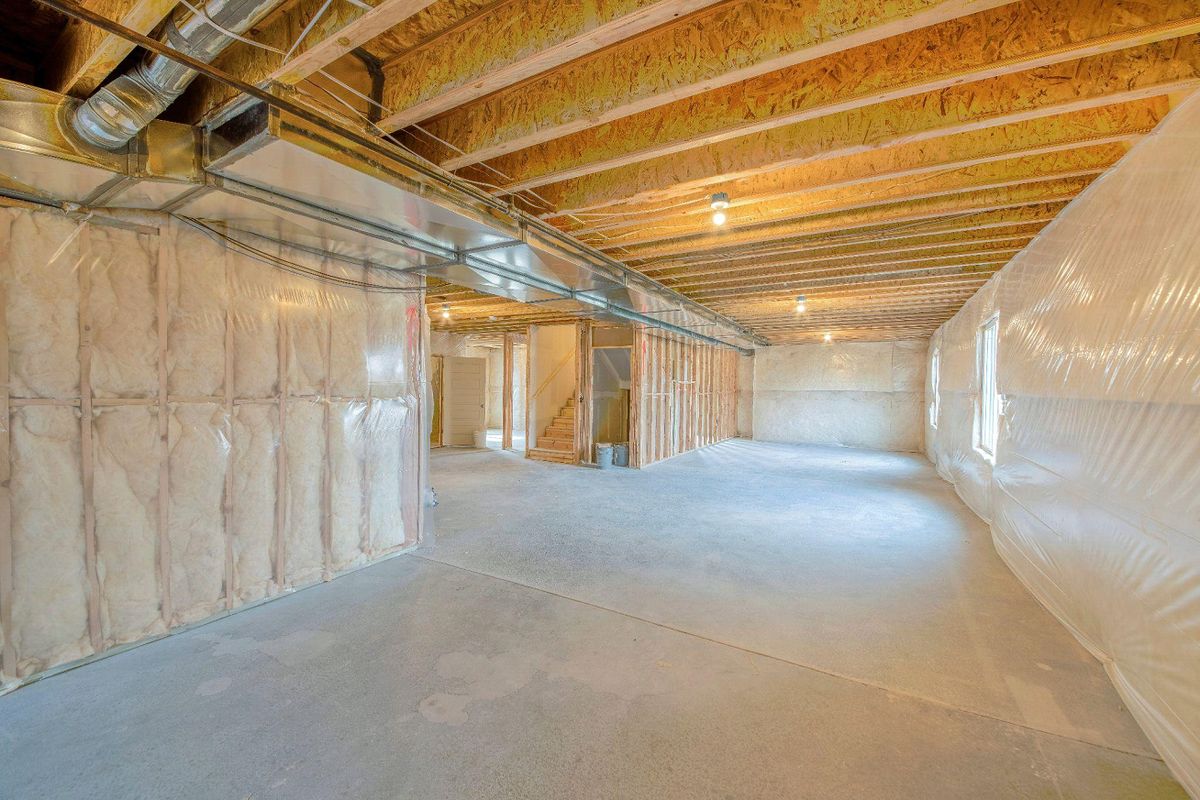
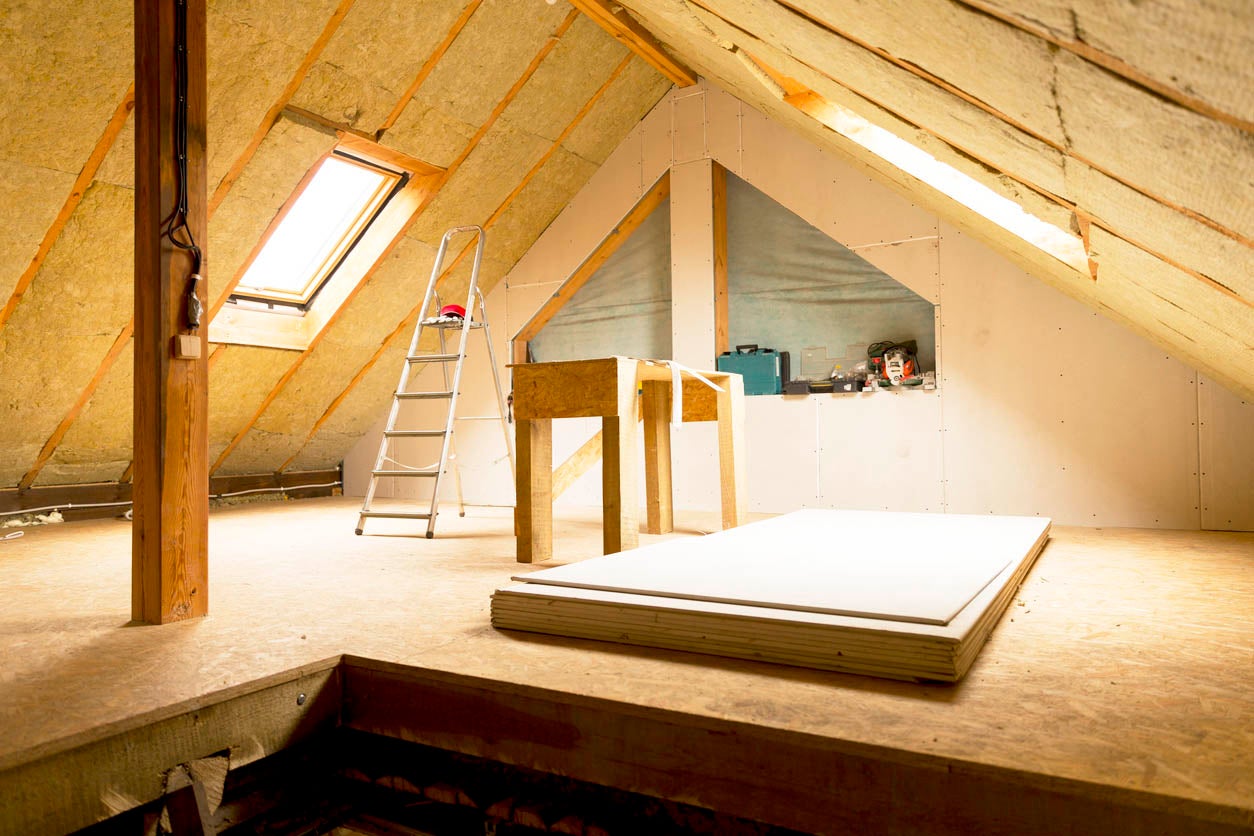
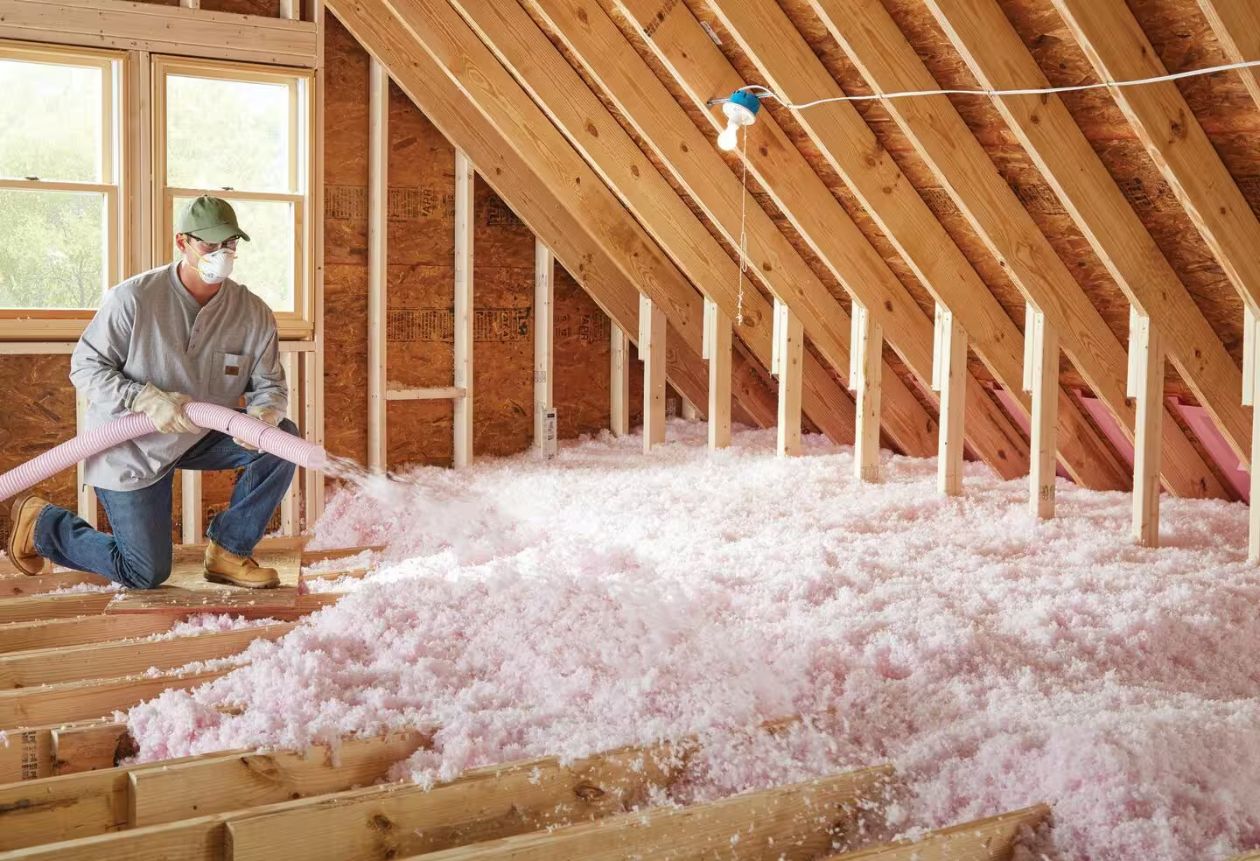
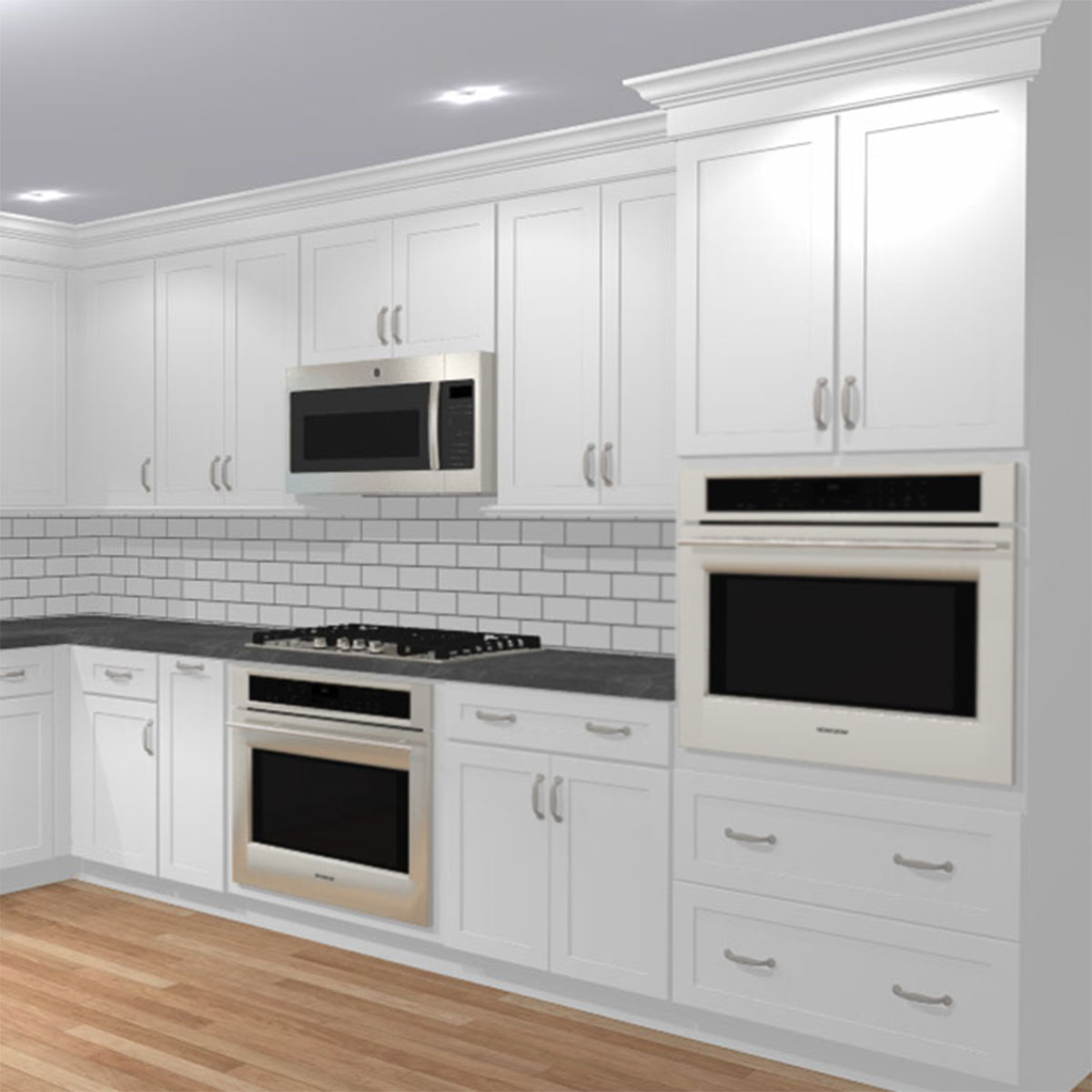
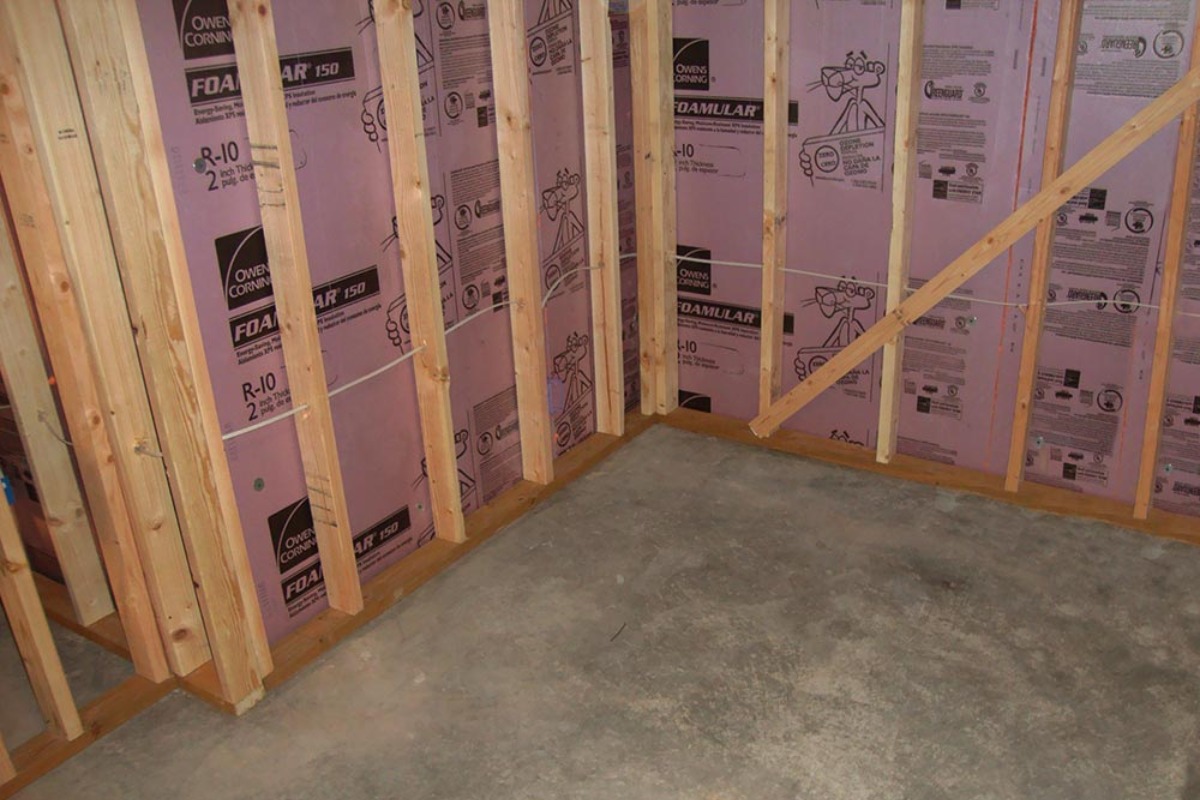
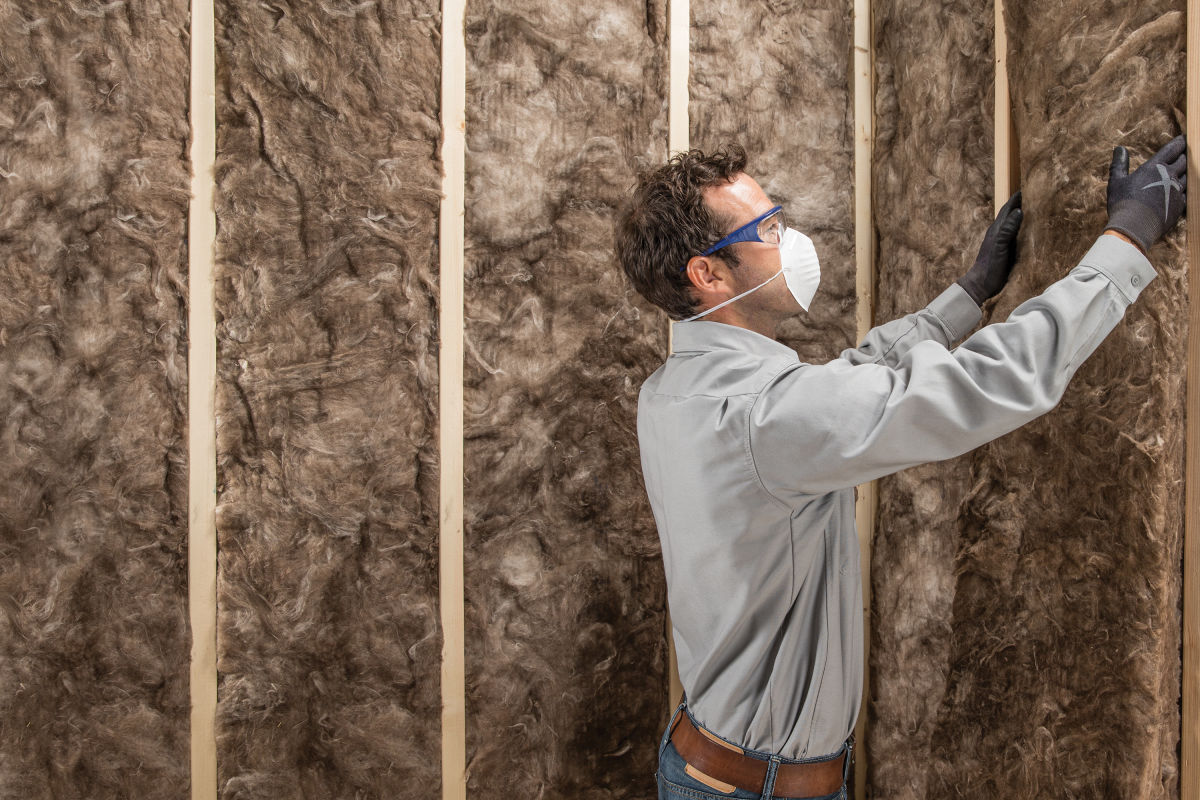
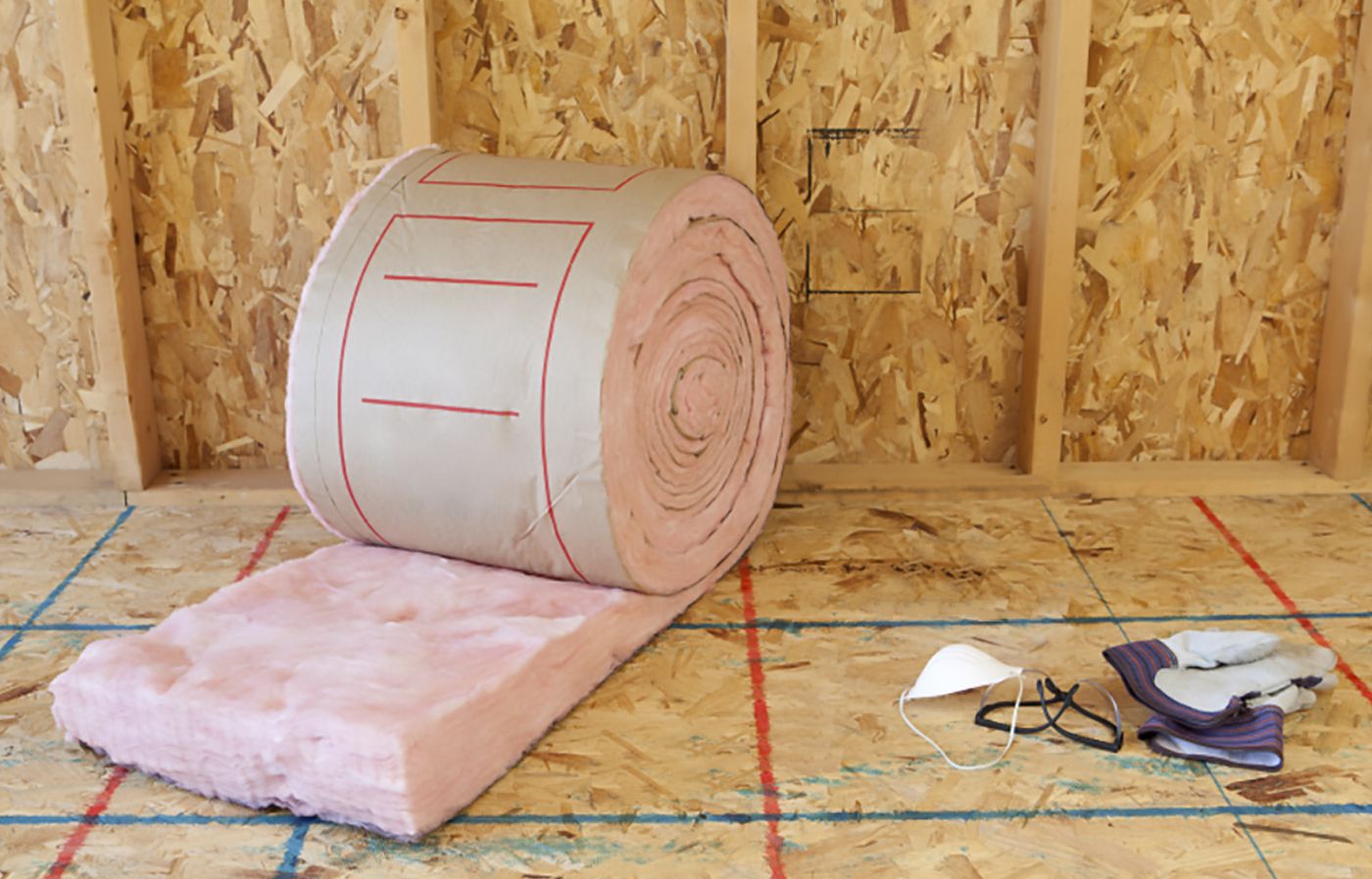
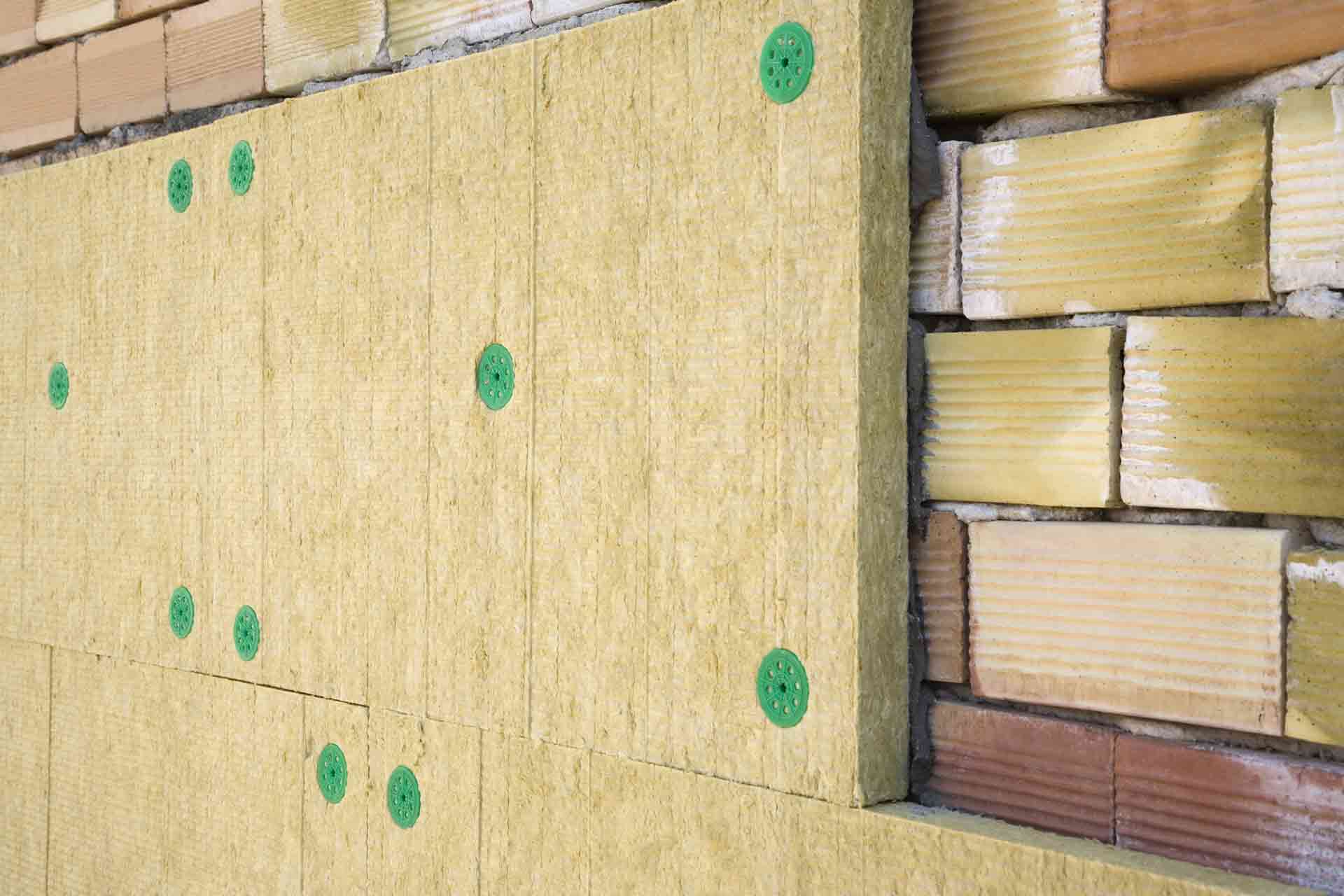
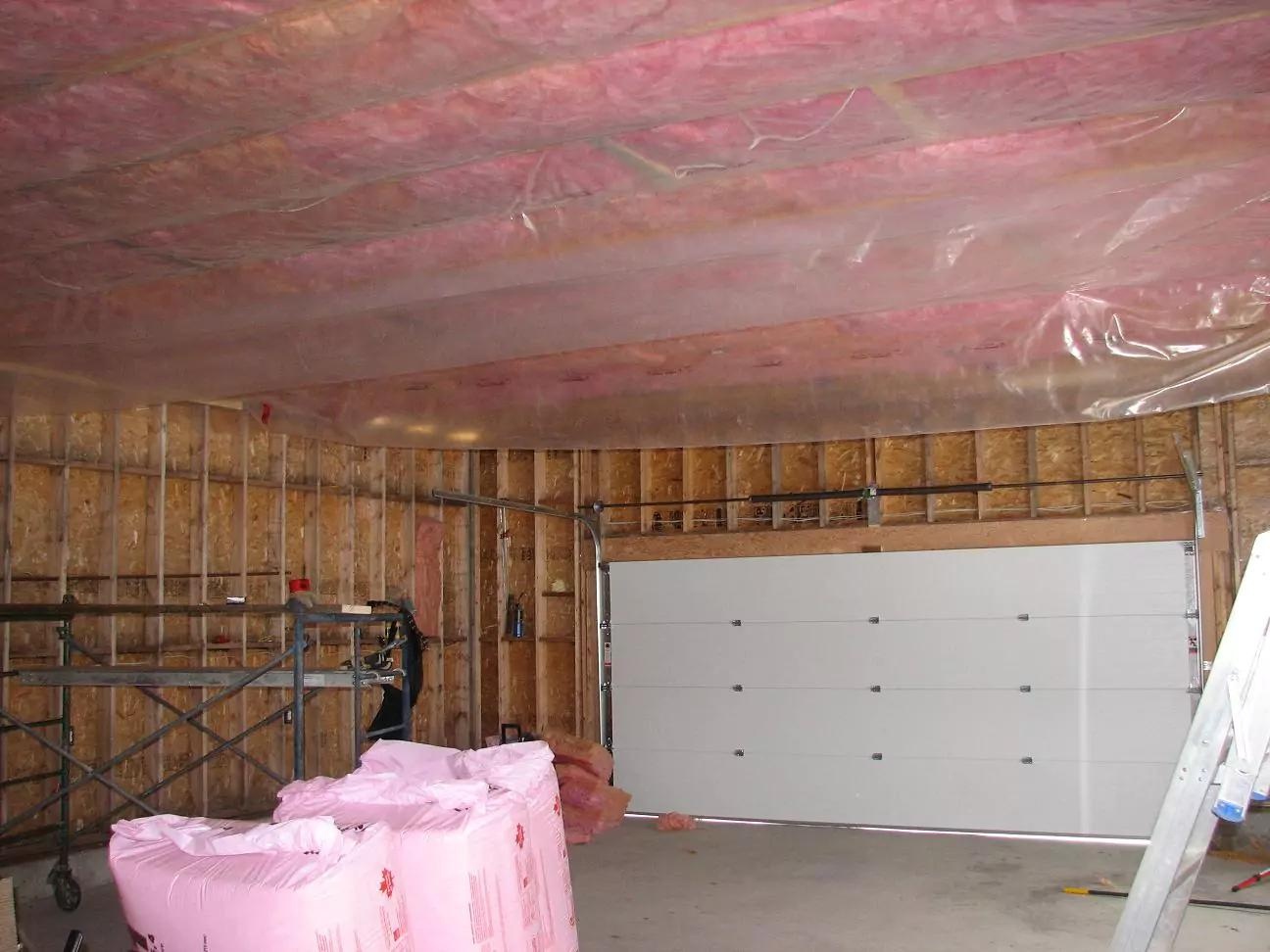

0 thoughts on “How Much Is Wall Insulation”